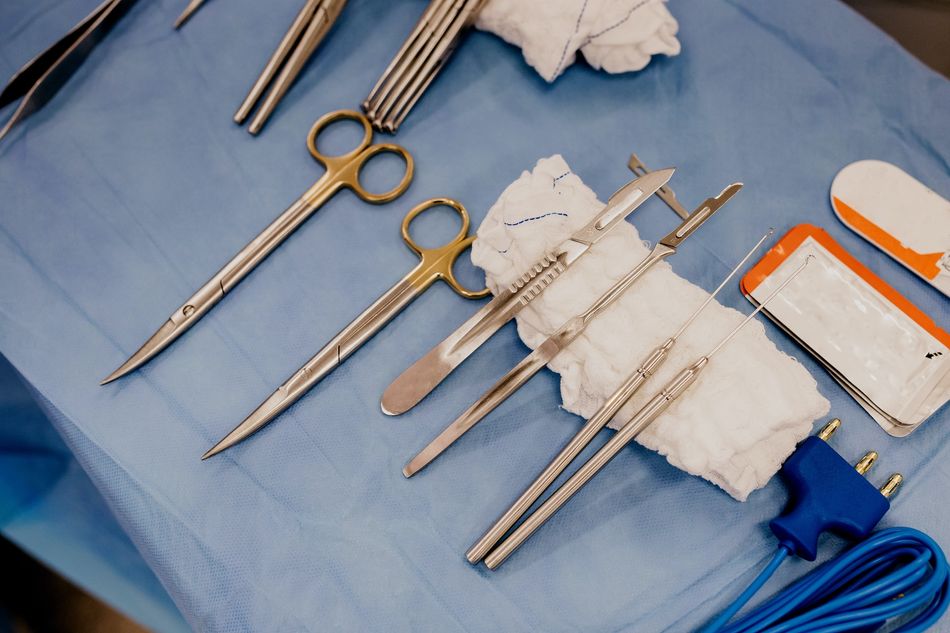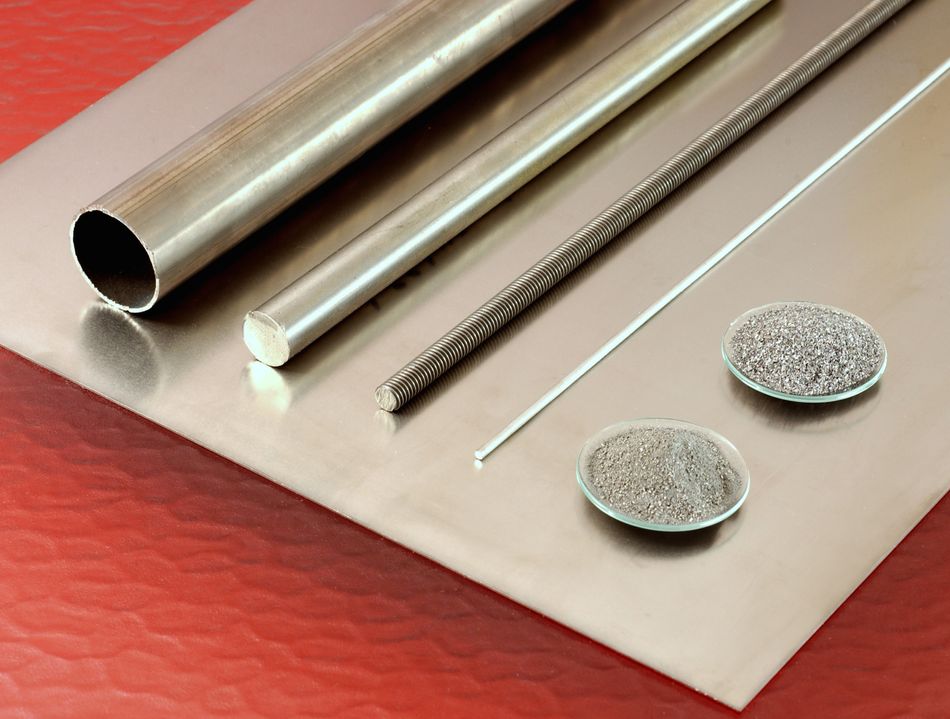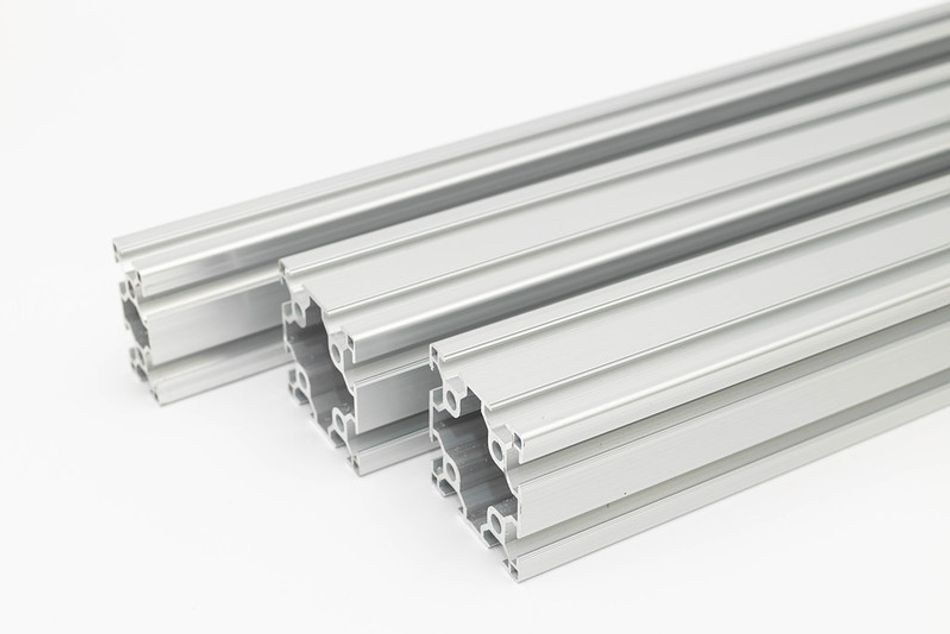What Materials Work Best for Your Medical Device Development?
Choosing a material for new Medical Device Development can have a major influence throughout your medical device life cycle, from design, prototyping, testing, regulatory approvals, and mass production to commercialization and even disposal. Every material has certain characteristics, which should be in consistent with the properties of the medical device as well as final applications.
Choosing a material for new Medical Device Development can have a major influence throughout your medical device life cycle, from design, prototyping, testing, regulatory approvals, and mass production to commercialization and even disposal. Every material has certain characteristics, which should be in consistent with the properties of the medical device as well as final applications.
Keeping in mind of the characteristics of medical materials can help you determine the optimal materials correctly and rapidly. Here the common medical materials and their properties and applications, which could help you determine the materials applications faster and easier.
STAINLESS STEEL

Stainless steel is corrosion resistant, very durable, temperature resistant, environmentally friendly. The common types are 316 and 316L, highly corrosion resistant, and non-magnetic, which are suitable for medical implants and body piercings, and will not interfere with sensitive instrumentation. Stainless steel is widely used for medical, surgical and dental instruments, and it is suitable for mirror polishing.
TITANIUM

Titanium has been used in medical applications. It's the most biocompatible of all metals and in prosthetic and joint-replacement devices it allows human bone growth. It is a non-allergenic and biocompatible material, and currently a common substitute for stainless steel because of its lighter weight and excellent biocompatibility.
ALUMINUM

Aluminum is recyclable, lightweight, strong, non-toxic, inexpensive, easily machined which make aluminum a preferred choice for manufacturing of medical instruments and equipment, such as wheelchair, frames. The aluminum is easy to be oxidized, so aluminum parts are usually painted or anodized in applications.
PC
Polycarbonates are impact resistance and high-temperature resistance properties, which are widely used materials. Applications include medical protective gear and eyewear. It is widely used in medical prototyping applications.
PP
Polypropylene is resistant to steam sterilization, and usually used in steam-sterilized medical devices. In addition, it is a cost-effective medical grade plastic material with durability. The typical applications include protective masks, surgical instruments, catheters and more.
PE
Polyethylene is a versatile and durable materials with most widely applications. It is impact resistant and chemicals resistant with low moisture absorption, which makes the material a common choice for medical grade plastic. It is one of the medical implant materials, because it is biologically inert and does not degrade.
PEEK
PEEK is high-temperature resistant and can be used for sterilized requirements or the chemical sterilization. Typical applications include spinal implants, trauma fixation, cardiovascular implants and in orthopedic surgery and dentistry.
CONCLUSION
Medical products materials are revolutionizing the healthcare industry. For example, the polymers of medical devices have replaced other materials such as metals in applications while meeting related regulatory standards and requirements. Here at RPWORLD, we are capable of processing medical grade materials with CNC Machining, Injection Molding and more manufacturing technologies, and are dedicated to providing rapid prototypes and end-use production parts for medical device companies, making efforts to help build up healthier world.
